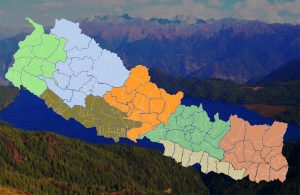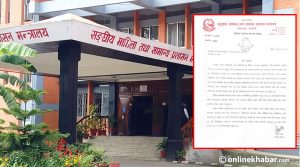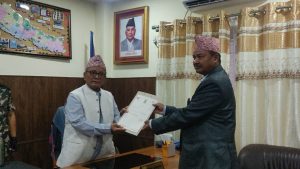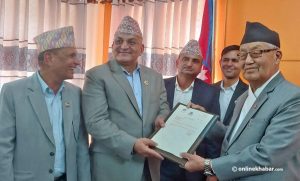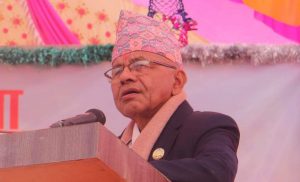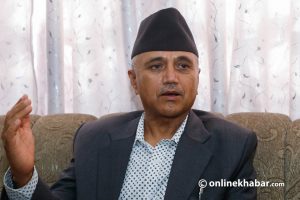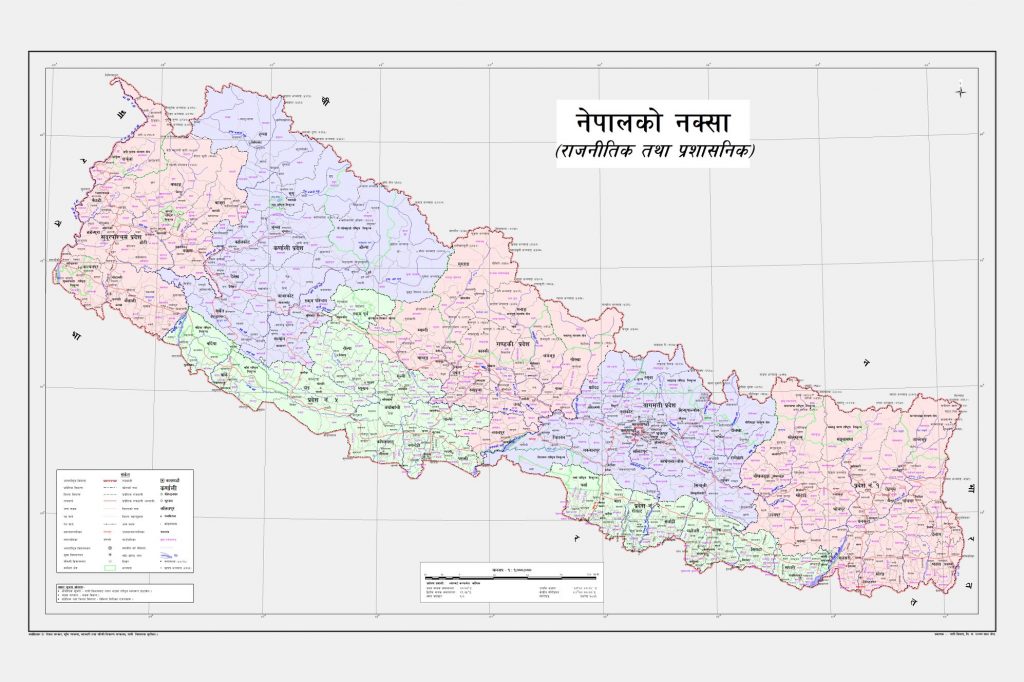
Kathmandu Mayor Balen Shah did not vote for members of the Provincial Assembly in the elections held on November 20, 2022. As he walked out of the polling station after casting votes for a member of the House of Representatives, the security guards reminded him that he still had to vote for provincial assembly members. Mayor Shah just ignored the call and left the polling booth.
This is only one example of how people in general, even public officials, are dissatisfied with the idea of the provincial government, if not the entire federal system in Nepal.
The country has been experimenting with the federal system of governance for five years. However, anytime the country’s economic and other difficulties are discussed, everyone, including the media, tends to blame the present federal system, which has three tiers of government: federal, provincial and local. They argue, in particular, that Nepal’s current provincial structures should be dismantled if the country’s economy and political system are to be saved.
In this explainer, Nepal Check examines key challenges facing the federal system in Nepal, besides the rationale for the introduction of the system. We also explain the causes for growing disenchantment with provincial governments, and the accomplishments made thus far by the federal system.
Evolution of the federal system in Nepal
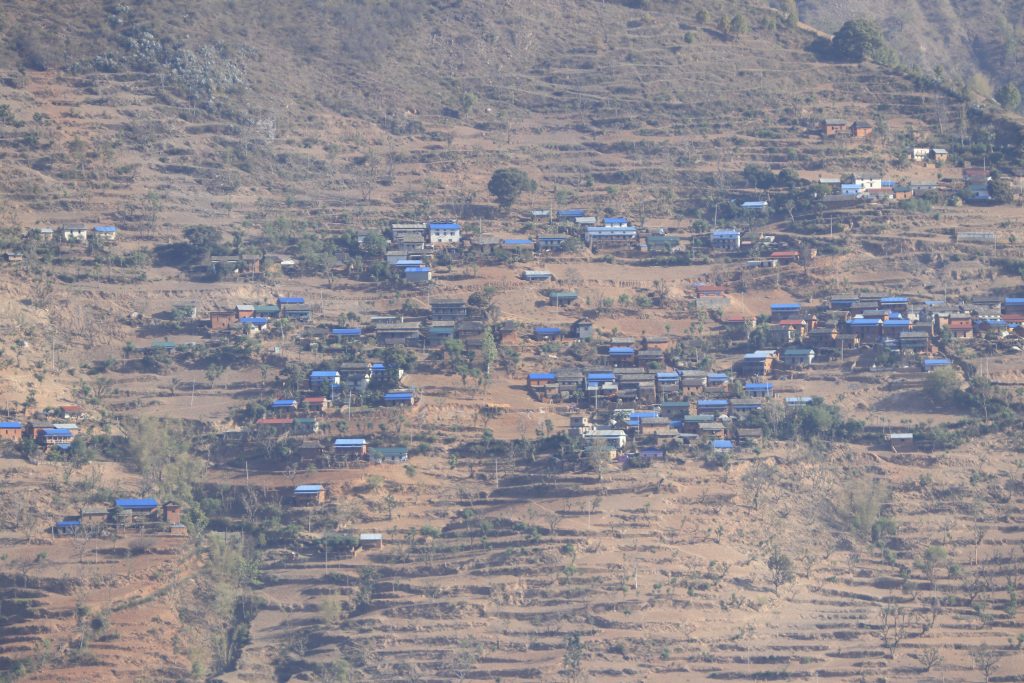
Nepal practised a unitary form of governance since its unification, which officially began in 1743. Many saw federalism as the solution to reducing regional inequality and development disparities as a result of growing concerns that the unitary system failed to achieve the development aspirations of people. It was also perceived as exclusionary in nature.
After the Interim Constitution on May 28, 2008, turned Nepal into a republic, overthrowing the 240-year-old Shah monarchy, the country adopted the federal system of governance. Following the Madheski people’s revolt in 2007, the fifth amendment to the constitution officially acknowledged the country as the Federal Democratic Republic of Nepal.
The federal system in Nepal was envisioned as a crucial aspect of the country’s new governing system. The advent of federalism was inspired by the need to overcome three major challenges that the country had been facing for millennia. The primary goal was to devolve political and economic authority away from Kathmandu’s centralised administration.
The second key objective was to ensure a balanced development across the country’s geographical regions. Third, federalism was intended to increase opportunities for and participation of ordinary people at all levels, with a goal to end different forms of discrimination in Nepal.
In the years that followed, major political parties engaged in agonising negotiations to determine the number of provinces and municipal levels. Finally, they settled on seven provinces, 77 districts, and 753 local units to establish the federal system in Nepal. Each of the seven provinces has its own government led by the chief minister, with the federal government at the centre. All 753 local bodies have their own governments that exercise executive powers and oversee the day-to-day affairs of their people.
Challenges facing the federal system in Nepal
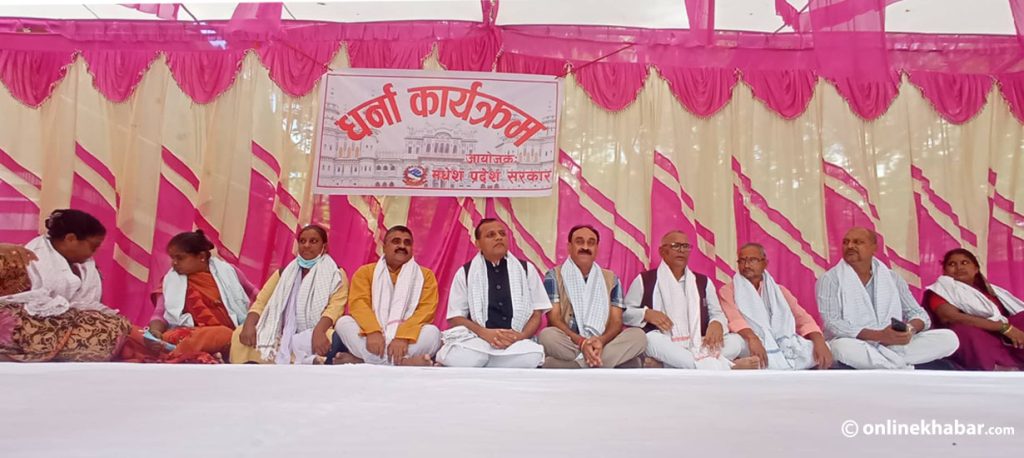
The move to transition from a unitary to a federal system in Nepal was not without difficulty. As the unitary system of governance was turned into the federal system, Nepal faced a number of obstacles in the early years of federalism. Nepal will face new challenges if it does not strengthen governance and address lingering issues. For example, the division of power, particularly between the federal and provincial administrations, has been a thorny issue. According to research conducted by External Democracy Promotion, people are divided about the existing power distribution, and there is often conflict between different levels of government. The federal government retains important executive powers, but provincial and municipal governments are yet to build sufficient institutional capacity to execute all of the functions including service delivery delegated to them.
Schedule 9 of Nepal’s constitution lists the powers that the federal, provincial, and local governments have. The functions allocated to the three-tier governments, however, overlap. For example, confusion exists under the new constitution over the delineation of jurisdiction between federal provinces and municipal entities, owing to the rights to collect taxes granted to all tiers of government. Furthermore, all three levels of government share powers such as the administration of drinking water, the recording of personal events such as birth, death and marriage, as well as the maintenance of ancient monuments and archaeological sites.
The implementation of the federal system in Nepal has already proven expensive due to the need for additional governance infrastructure. Furthermore, the country’s subnational units are significantly reliant on the federal government for budgetary resources. In most situations, they are unable to create considerable quantities of revenue on their own. According to a 2020 study, provincial governments receive 15% of the entire national government budget. Corruption has also been reported at all levels of the government, and many people are questioning the use of funds to establish federalism.
Then, there are administrative challenges. To effectively implement the federal system in Nepal, provincial and municipal governments require a well-trained and capable civil service workforce. However, many are currently understaffed since officials prefer to serve at the federal system rather than the provincial level. A four-month study of federalism commissioned by the National Assembly and led by its member Dr Khim Lal Devkota recommended several measures to overcome the challenges. In its final report, the study identified a number of problems such as a lack of clarity in jurisdiction among federal, provincial and local governments; failure of provincial and local governments to ensure the rights of women, and failure to implement the recommendations of constitutional bodies. The report highlighted issues such as decentralisation of powers, implementation of administrative federalism, building institutional structures, ensuring inter-provincial and inter-local government cooperation and coordination and fiscal federalism to effectively implement the federal system in Nepal.
Resentment against provincial governments
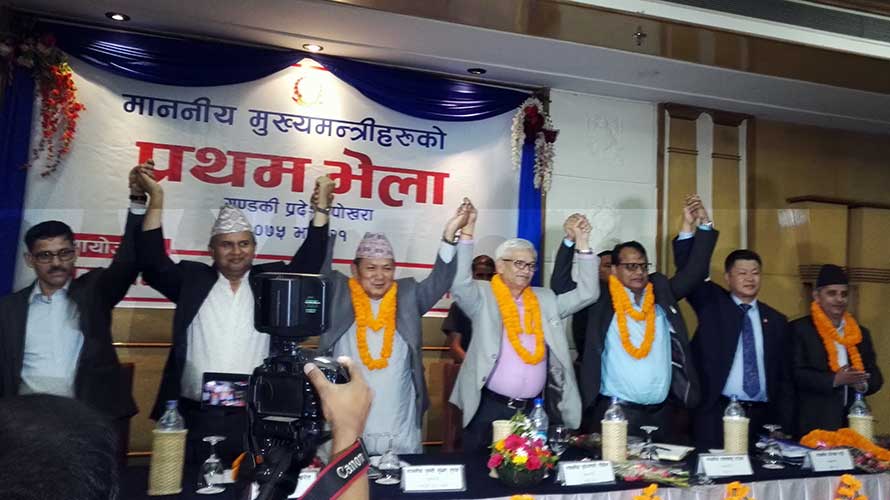
It has been a mixed bag for Nepal in its first five years of federalism. While most people view the federal system in Nepal positively, many others consider it to be a cause of financial concern. People have little reservations about local governments or the federal government. In recent years, however, public dissatisfaction with provincial governments has increased. The cost of the government and legislature–a total of 550 province assembly members and government officials–is a key factor for dissatisfaction.
The number of provincial assembly members is approximately double that of the federal parliament, which has 334 members altogether, including 59 National Assembly members. The advantages, benefits, and salaries enjoyed by provincial members are nearly identical to those enjoyed by federal legislators.
The chief minister in each province serves as the head of the government. The provinces have appointed 230 ministers and 14 chief ministers in the last five years. In recent years, a large majority of people, including former provincial ministers, have begun to question whether parallel government structures are necessary at such a high cost to the state.
Growing cases of corruption and malpractice in provincial administrations are also a matter of concern regarding the federal system in Nepal. Provincial governments were supposed to provide good governance and effective service delivery to people, decentralising services previously provided by the federal government. Provincial governments, however, have found themselves embroiled in larger corruption scandals. For example, the Madhesh provincial government was accused of embezzling Rs 100 million while purchasing bicycles for the Beti Padhau: Beti Bachau scheme, which aims to promote girls’ education.
A culture of corruption and financial mismanagement has been entrenched in the federal system in Nepal through the use of the Constituency Development Fund, mirroring practices at the federal level. A study conducted by Nepal Check earlier showed provincial assembly members have already spent millions of rupees from the funds, much of which cannot be accounted for. The constant leadership changes and inter-party squabbles in the provinces have also contributed to various forms of misconduct. These state structures have faced criticism for their inefficiency and for making unrealistic promises to the public, while also adding an unnecessary financial burden on the people.
Provincial govts’ struggle
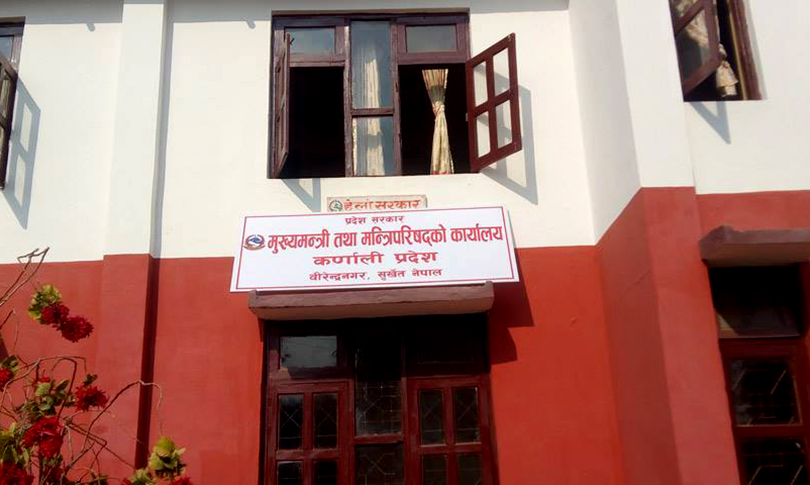
Provincial assemblies laid the foundation of the provincial governments in the past five years.
However, the federal government has not provided adequate support for these efforts. Except for Province 1, all provinces have named their provinces and begun employing civil servants through the Provincial Public Service Commission. While provincial assemblies have passed over 437 laws, they have been unable to establish provincial police units, owing to non-cooperation from the federal government. Despite their efforts to confront the federal government for the lack of cooperation and exercise their own authority, provincial administrations have largely failed to meet the people’s expectations.
With the exception of the chief ministers of Sudurpaschim and Madhesh provinces, none of the other chief ministers was able to finish their five-year tenure. As a result, 230 of the 550 provincial assembly members were appointed as ministers, with 14 of them becoming chief ministers. Despite these obstacles, the Madhesh province has made strides toward institutionalizing the federal system in Nepal by establishing three universities and developing draft legislation for Provincial Civil Service Act and the Provincial Police Act. However, it has been unable to recruit police personnel on its own because the federal government has not yet approved the draft of the Province Police Act.
Despite federal government opposition, former Gandaki Chief Minister Prithvi Subba Gurung launched efforts to build an alliance with other chief ministers to enhance their collective voice and lobby for more rights. He held a conference in Pokhara where chief ministers discussed how to deal with the federal government’s lack of cooperation.
The conference concluded that they were unable to fulfil people’s expectations as the federal government did not allow them to exercise autonomy. They maintained that the failure to provide the provincial government with adequate rights and resources had made the provincial government weak, leaving even ordinary people to question the rationale behind the federal system in Nepal.
Provincial assembly members argue strengthening the provincial government is vital for the country’s federalism to be institutionalised. Shalik Ram Jammarkattel, a former economic affairs and planning minister of Bagmati, says questioning the provincial government’s role is unconstitutional because it is necessary for the federal system in Nepal to work. He says the provincial government is a link between the federal and local governments and should be reinforced as a result. Jammarkattel says without a provincial administration, neither federalism nor the current constitution would exist.
Some success stories
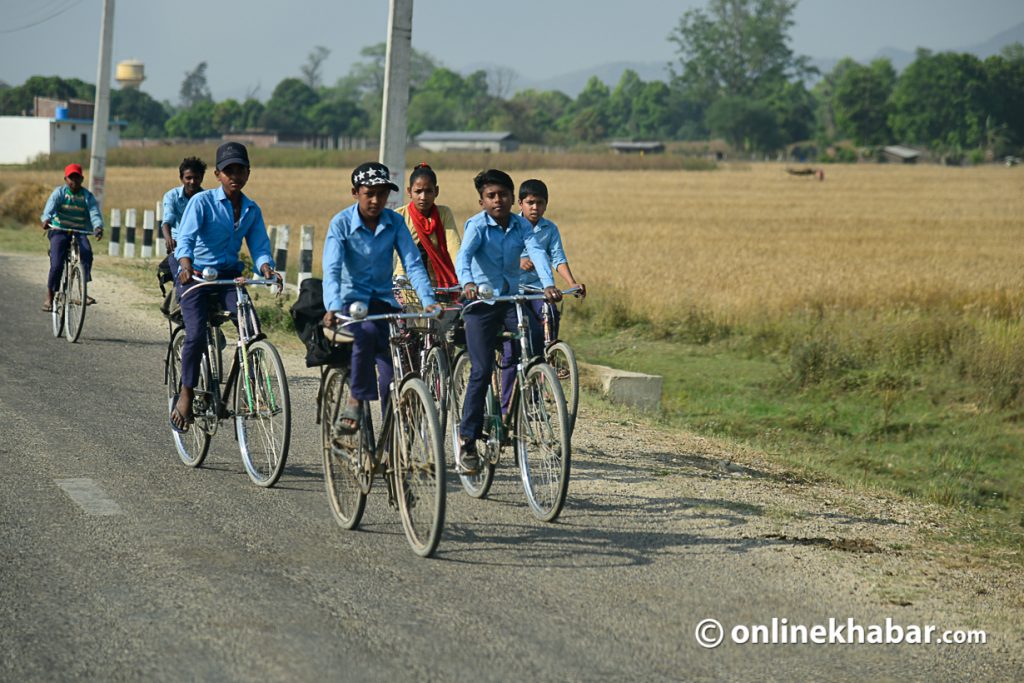
Nonetheless, the federal system in Nepal has aided service delivery in the country, particularly in education and healthcare. The transfer of authorities and duties from the central government to municipal and provincial governments enables subnational actors to make decisions that better reflect the interests of local populations.
Provincial and local governments have created innovative programmes to serve people– something the federal government has failed to do. In some ways, the federal system in Nepal has allowed these subnational groups to compete with or outperform the federal government, creating a benchmark by which they can measure their own success.
Local governments played an important role in preventing the spread of Covid in Nepal. The local government took steps to establish quarantines, track those who arrived from overseas or beyond their jurisdictions, and distribute emergency supplies to vulnerable citizens. They also provided for the rescue of trapped migrant workers, students, and others in Kathmandu. Provincial administrations were unable to respond as efficiently as they should have due to a lack of clarity on their duties and responsibilities. They also faced a resource crunch. However, they were instrumental in establishing Covid-specialised hospitals and providing further help through municipalities. The provinces with major border crossings played a key role in supporting local and federal governments during the inflow of migrants from India following the outbreak of the pandemic.
Conclusion
No system of governance is perfect. Nepal has experienced several governance systems including hereditary Rana rule, authoritarian monarchy, and constitutional monarchy. The most recent–the federal system–was implemented in the 2015 constitution but has yet to deliver the expected outcomes. Dr Khim Lal Devkota, an expert on the federal system in Nepal, says a lack of proper guardianship during the last five years was a major factor. He says political parties must enhance personnel management, law drafting, institutional construction, capacity training for politicians and bureaucrats at the province and local levels, and fiscal transfers to promote coordination among the three levels of government.
For the federal system in Nepal to succeed, the federal government must provide guardianship to empower subnational governments. “The subnational levels also need to pay sincere attention to the implementation of federalism. There is no need to panic or feel frustrated in the implementation of the federal system in Nepal even as there are some ups and downs,” Devkota says. “Federalism will start delivering tangible results if political parties become honest enough to implement it.”
This story first appeared on Nepal Check and Onlinekhabar is republishing it under the Creative Commons licence.




